HONOUR LACKEY
Visitor and Engagement Intern
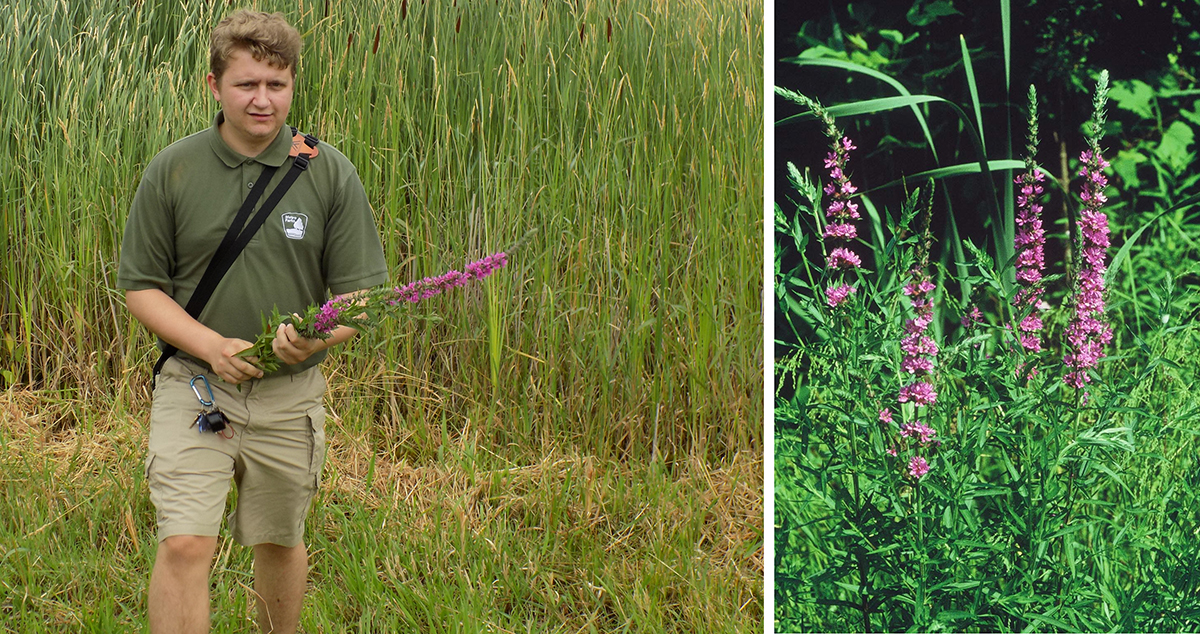
On a hike through the Honda Wetlands with Glacier Ridge naturalist Jack Sullivan, a volunteer brought a spot of color in the marsh to everyone’s attention. Pointing to spikes of bright purple, she identified them for the group: purple loosestrife. As Jack climbed down from the boardwalk to pluck them out, a visitor told me, “They were brought here as an ornamental, but they just take over everything.”
Purple loosestrife, a wetland perennial that can spread millions of seeds every year, has a remarkably long blooming season. Not native to Ohio, these plants have all the characteristics of a stressor every ranger and naturalist must keep up with: an invasive species.
This marsh-loving plant isn’t the only invasive our Metro Parks deal with. A chat with Battelle Darby Creek naturalists Maria Bergman and Liesel Fenstermaker revealed to me what makes a species invasive, what invasives we deal with, and how we deal with them.
What makes a species invasive?
“So there’s a couple of indicators for invasive species,” Maria said. “One is it’s going to outcompete whatever the native is in the area. It’s oftentimes going to have longer flowering seasons. It’s going to grow quicker, it’s going to leaf out for longer, so it’s going to take more of the space and nutrients from whatever native species are around it.”
Fast growth, high seed dispersal and a wide tolerance for different environments are all paramount to the survival of an invasive species. According to Liesel, the invasives Battelle Darby Creek sees most frequently are autumn olive, honeysuckle and the increasingly concerning callery pear.
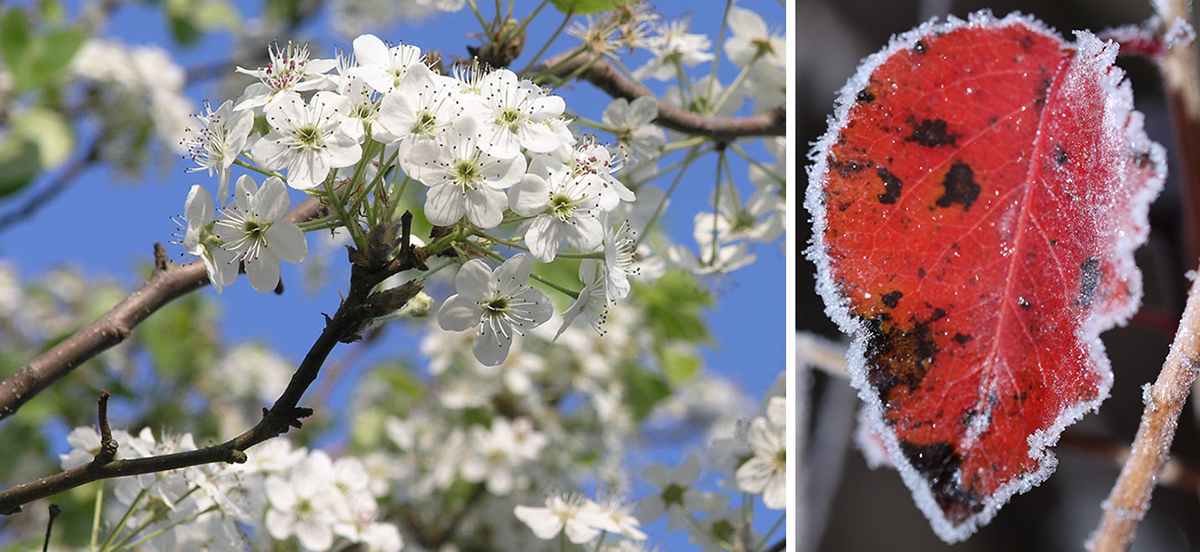
The Ohio Department of Natural Resources writes that the callery pear tree “was introduced to North America in the early 1900s for agricultural use and quickly became a favorite in landscaping for its adaptability, flowering, fall color and rounded crown. As of January 1, 2023, callery pear will be illegal to sell, grow or plant in Ohio due to its invasiveness.”
Leisel agreed that the callery pear was becoming a bigger issue. “I especially think that callery pears are one of the worst invasives that we have. It grows super quick. It starts fruiting within like, two years,” she said. Maria added, “They do it quicker, and then you can cut them and treat them, but there’s still going to be a timespan after that where they’re still active and producing and fruiting and everything else.”
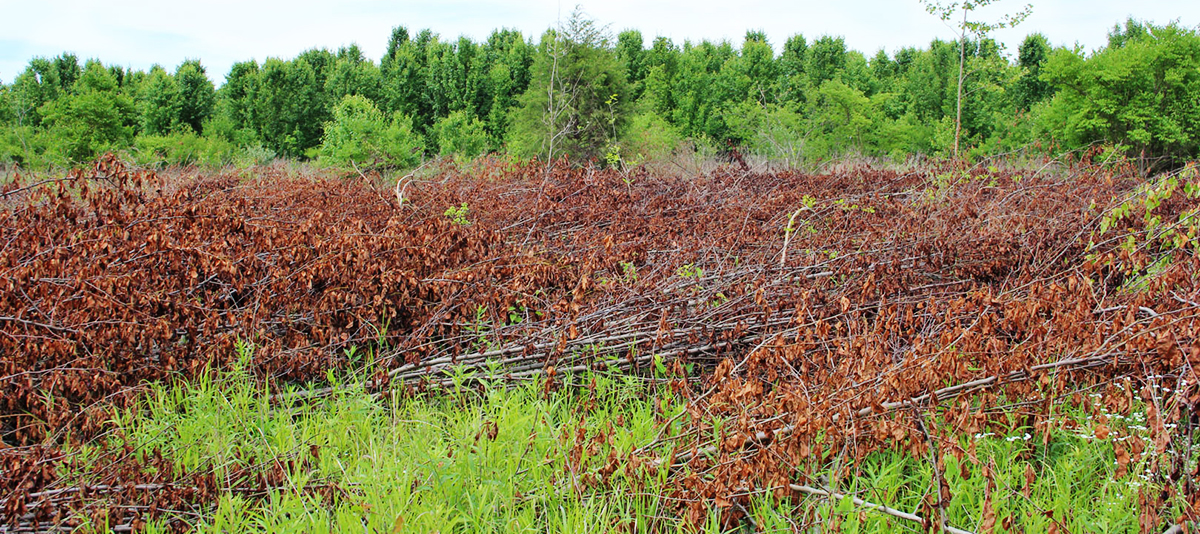
There are a few ways of managing these invaders, like the hand-pulling of purple loosestrife employed by naturalist Jack. Herbicides and the contained release of bugs like the galerucella beetle have been found to be effective in controlling, but not eradicating, certain invasive plants.
Maria noted that in other parks, common invasives include privet, garlic mustard and multiflora rose.
Aren’t any abundant species with very few predators considered invasive?
Well, not quite. For example, the common low-lying wild ginger. Even though this plant can be seen all over Franklin County and is considered perennial, they have only moderate growth rates and a normal blooming season. Unlike their invasive counterparts, they only grow vigorously if their conditions are particularly favorable, and even then they pose no threat to other native species.
Are fungi considered invasive – after all, isn’t it in their nature to invade?
While fungi tend to take over what they grow upon, they are decomposers, only “taking over” once the source of nutrients has already passed. Of course, fungi can cause infection, but they are often just opportunistic. The world of fungi can be complicated. Some are beneficial to plants and people (they can even be delicious!), but sometimes they act as pathogens or aggressive actors on other plants. The introduction of non-native species – including fungal species – can create issues for the environment or animals in an area; for example, the white-nose syndrome that harms and kills bats across North America. Fungi can also affect the quality of soil, in turn affecting the growth and health of native plants in the area.
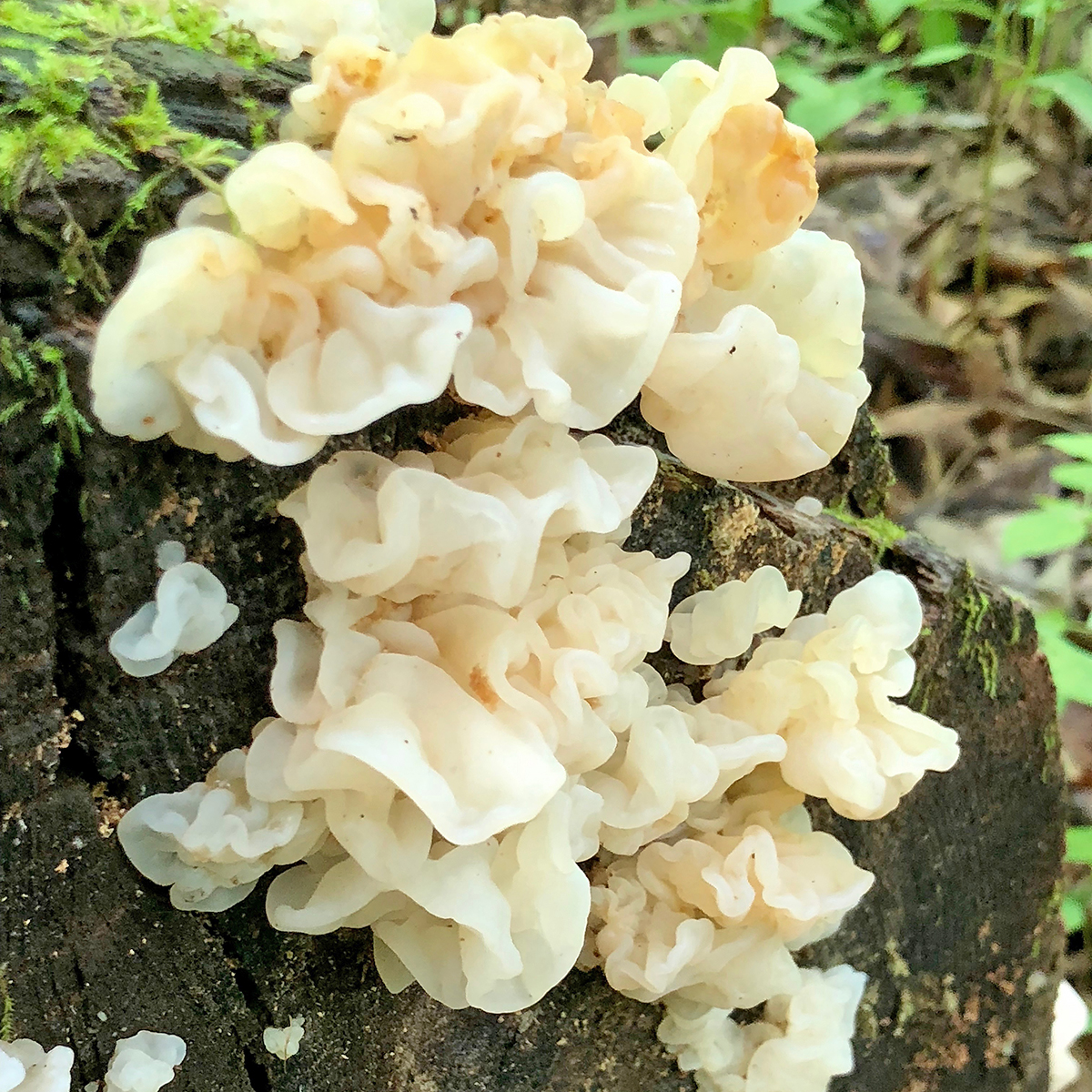
Many, however, are not what we would consider invasive. White jelly fungus, or ductifera pululahuana, is fairly common in North America. It fruits on the decayed wood of hardwood trees. In the parks, you will see it on rotted or decomposing logs or stumps. This is an example of opportunistic fungi. It doesn’t actually kill the tree, but once the tree is already dead or decomposing, the fungus finds it a great environment to grow in. And the burning question? No, it is not poisonous — but it’s not edible, either.
Many invasives aren’t going anywhere. With long blooming seasons and perennial life spans, they pop up year-round to pose issues for the native foliage it surrounds. But, with help from our naturalists and rangers, and the ongoing work of our Resource Management department, invasives are not nearly as obtrusive to the native plants in our Metro Parks. As always, the park staff are the best people to ask about a specific park’s invasives or for more information on invasive species in general.
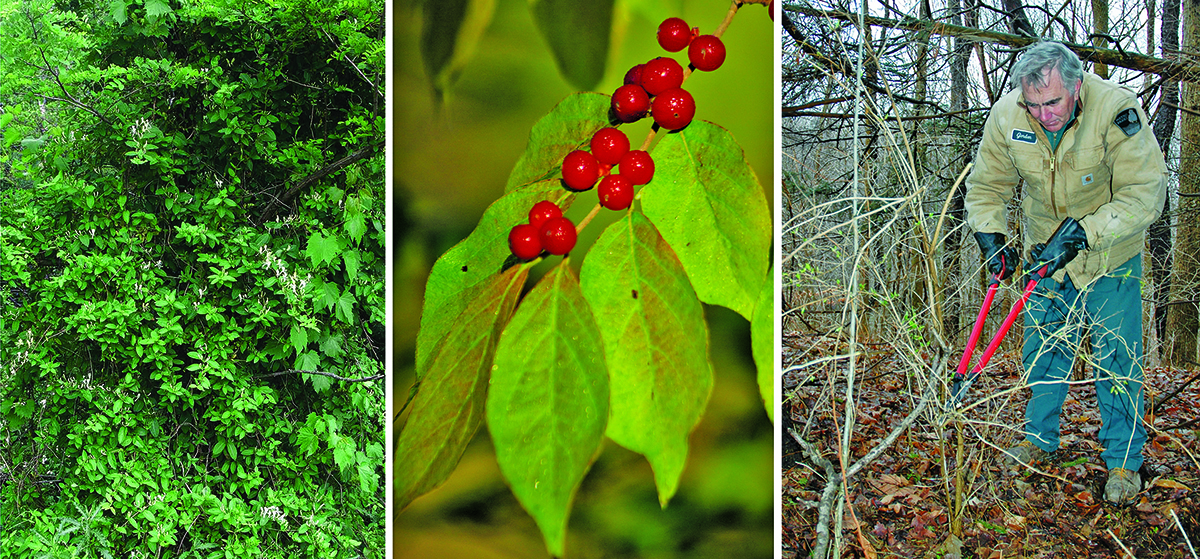

I am on the nRM volunteer crew. Every Tuesday, if we are not harvesting prairie seed in the fall, the volunteers are cutting invasives while the licensed park staff treat the stumps with an herbicide chemical to prevent resprouting. I call what we do being constructively destructive. The areas look so much better after we have been through. We have “job security” (we are unpaid) as there is always another field that contains Callery Pear, Bush Honeysuckle, or many other invaders which are trying to out compete the native plants. If a cut stump is not treated it will resprout soon, another form of job security and we do not need nor want that. Honeysuckle and Callery Pear are the first to leaf out in the spring and the last to drop in the fall. One reason they do so well. This also makes spotting them in the spring and fall much easier. Nothing else is green, or red in the case of the pear in the fall.
Thanks John and all our Resource Management volunteers!
A special shout out should also go to the amazing Park Technicians for all their work removing invasives from the park. They are the magicians behind the scenes keeping things in check!